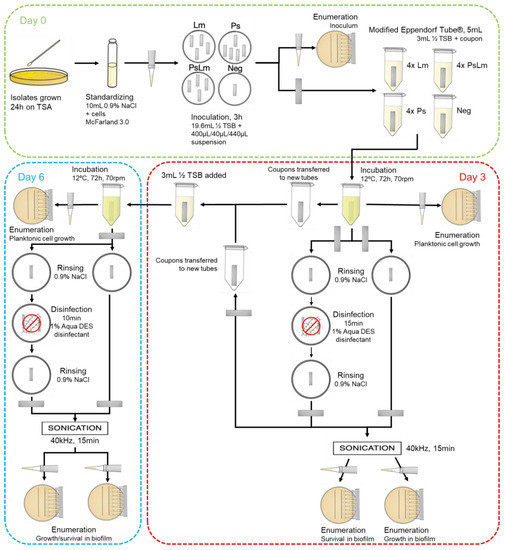In a study (Microorganisms 2023, 11(6), 1414; https://doi.org/10.3390/microorganisms11061414), a set of Pseudomonas isolates originating from cleaned and disinfected surfaces in a salmon processing facility were screened for biofilm formation at 12 °C. A high variation in biofilm formation between the isolates was observed. In both planktonic and biofilm states, selected isolates were tested for resistance/tolerance to a commonly used disinfectant (peracetic acid-based) and antibiotic florfenicol. Most isolates showed a much higher tolerance in the biofilm state than the planktonic state. In a multi-species biofilm experiment with five Pseudomonas strains with and without a Listeria monocytogenes strain, the Pseudomonas biofilm appeared to aid the survival of L. monocytogenes cells after disinfection, underscoring the importance of controlling the bacterial load in food-processing environments. The study showed how the biofilm-forming and disinfectant tolerance of Pseudomonas spp. can aid the survival of Listeria monocytogenes. By doing so, Pseudomonas spp. residing in the food processing environment indirectly threatens food safety. @ https://www.mdpi.com/2076-2607/11/6/1414

